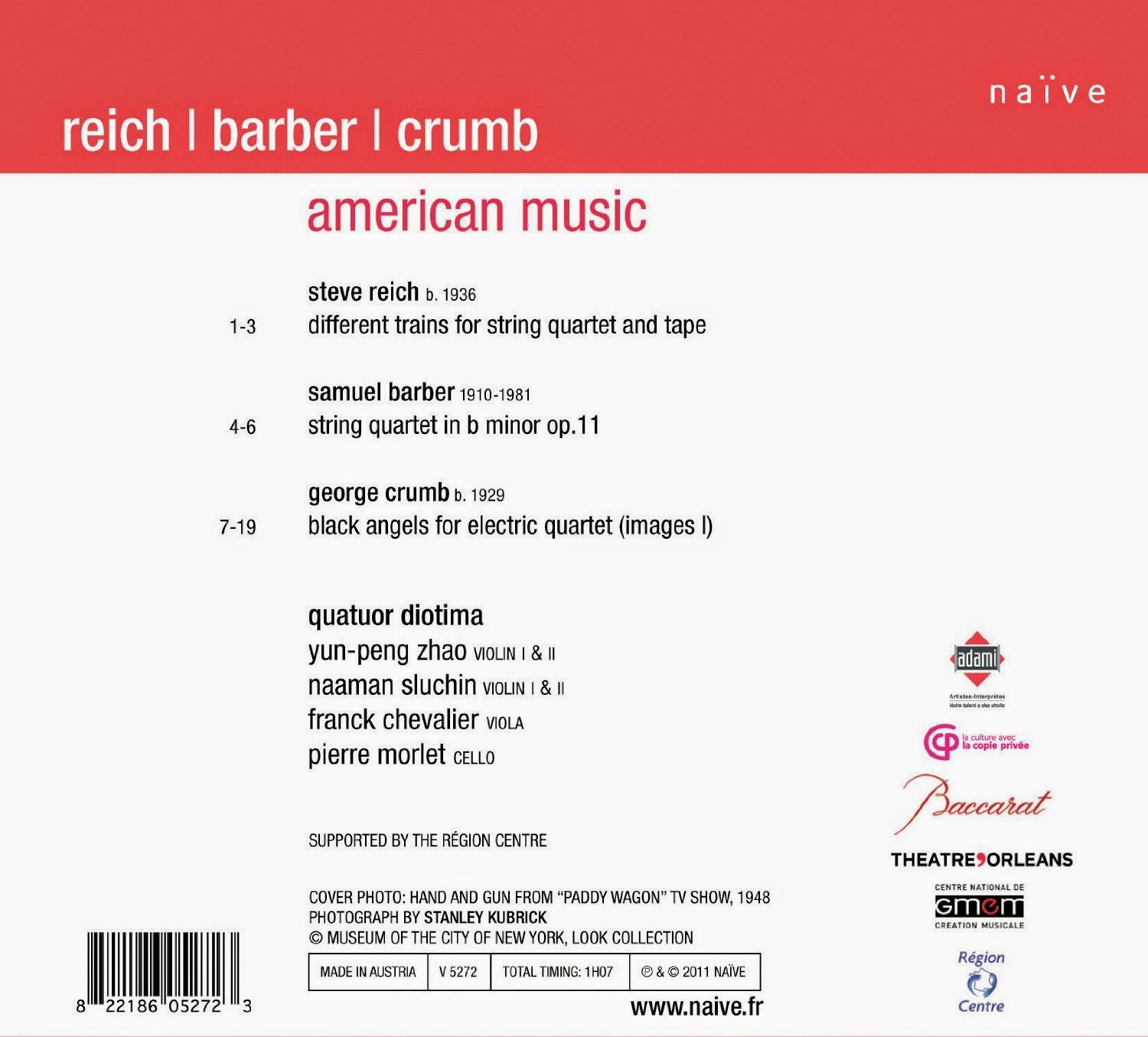Black Angels Crumb Pdf

This article needs additional citations for. Unsourced material may be challenged and removed. (January 2010) () Black Angels (Edition Peters, New York, no. 66304, copyright 1971), subtitled 'Thirteen Images from the Dark Land', is a work for 'electric ' by the American composer. It was composed over the course of a year and is dated 'Friday the Thirteenth, March 1970 (in tempore belli)' as written on the score.
Crumb is very interested in and numerically structured the piece around 13 and 7. The piece is notable for its unconventional instrumentation, which calls for electric string instruments, crystal glasses, and two suspended tam-tam gongs. Contents • • • • • • Structure [ ] The thirteen individual movements of Black Angels are divided into three large groups.
Departure Threnody I: Night of the Electric Insects (tutti) Sounds of Bones and Flutes (trio) Lost Bells (duo) Devil-music (solo) Danse Macabre (duo) II. Absence Pavana Lachrymae (trio) Threnody II: Black Angels! (tutti) Sarabanda de la Muerte Oscura (trio) Lost Bells (Echo) (duo) III. Configure Windows Firewall Iscsi Software Target Storage. Return God-music (solo) Ancient Voices (duo) Ancient Voices (Echo) (trio) Threnody III: Night of the Electric Insects (tutti) The structure of the work displays the numerological elements important to Crumb, that is, thirteen movements, of which the seventh is the centerpiece.
Download free sheet music and scores: George Crumb. Sheet music (PDF) Crumb, George. Crumb, George. Crumb - Black Angels. Sheet music (PDF). George Crumb (b. 1929) Black Angels. If you are seeking to do a story on Kronos Quartet or want to contact us for other reasons. Get PDF Get DOC.
Further, the organization of movements displays symmetry and palindrome: the instrumentation of each movement follows a palindromic structure: 4, 3, 2, 1, 2, 3, 4, 3, 2, 1, 2, 3, 4; the first, central and thirteenth movements are titled Threnody; God-music and Devil-music stand symmetrically opposite each other. Instrumentation [ ] Black Angels is primarily written for (in Crumb's words) 'electric string quartet.' Though generally played by amplified acoustic instruments, the work is occasionally performed on specially constructed electronic string instruments. The music uses the extremes of the instruments' registers as well as such as bowing on the above the fingers and tapping the strings with thimbles.
At certain points in the music, the players are even required to make sounds with their mouths and to speak. Calculated Fields Form Pro Download here. Each of the string players is also assigned a set of instruments to play throughout the piece. Some of the equipment requires specific preparation, such as the crystal glasses, which are tuned with different amounts of water. Violin 1 • • 7 crystal glasses • 6' glass rod • 2 metal • metal pick (paper clip) Violin 2 • 15' suspended and mallet • bow (for use on tam-tam) • 7 crystal glasses • 6' glass rod • 2 metal thimbles • metal pick (paper clip) Viola • 6 crystal glasses • 6' glass rod • 2 metal thimbles • metal pick Cello • maraca • 24' suspended tam-tam, soft and hard mallets • contrabass bow Stage positioning [ ] Crumb's score includes a diagram that places the four musicians in a box-like formation. Electric Violin II and Electric Cello are located near upstage right and upstage left, respectively, with their tam-tams between them. Electric Violin I and Electric Viola are near downstage right and downstage left, respectively, but are slightly farther apart than the other two musicians in order to allow full sight of the quartet. Violin I, Violin II and Viola have a set of crystal glasses downstage of them, while Violin I and Cello have maracas upstage of them.
Each of the four musicians has a speaker next to him or her. Cultural influences [ ] The, which specializes in new music, was originally formed when violinist David Harrington heard 'Black Angels' over the radio. He thought Crumb's piece was 'something wild, something scary' and 'absolutely the right music to play.'